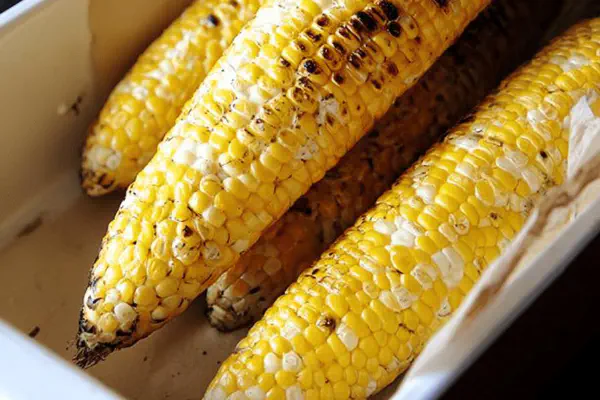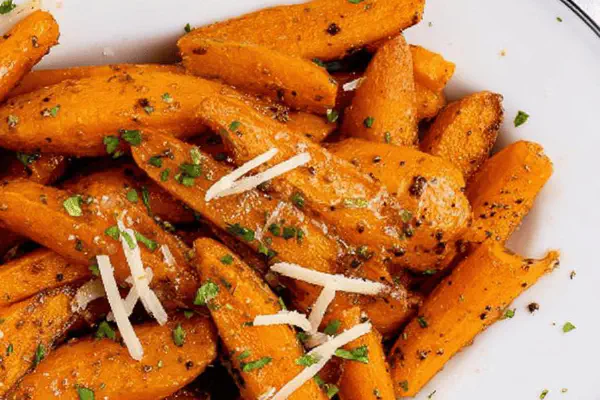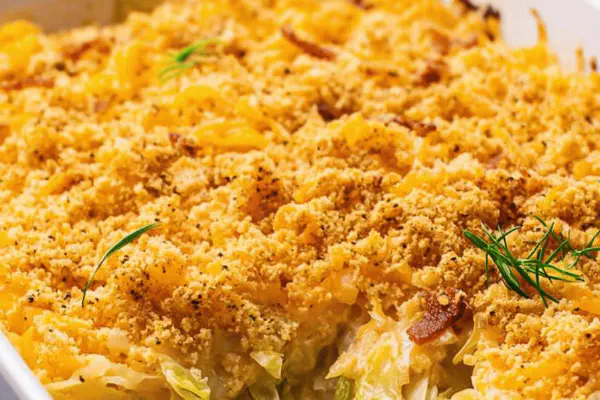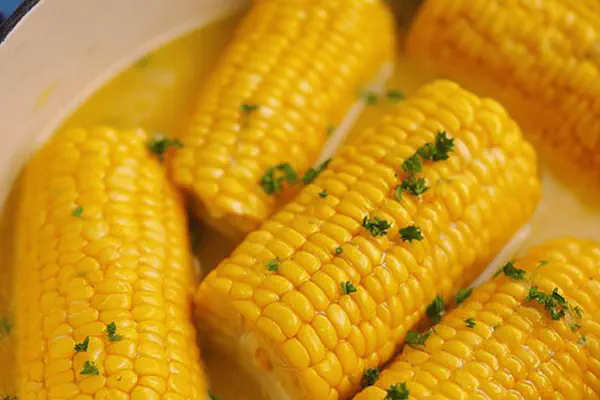Oven Roasted Corn Twist
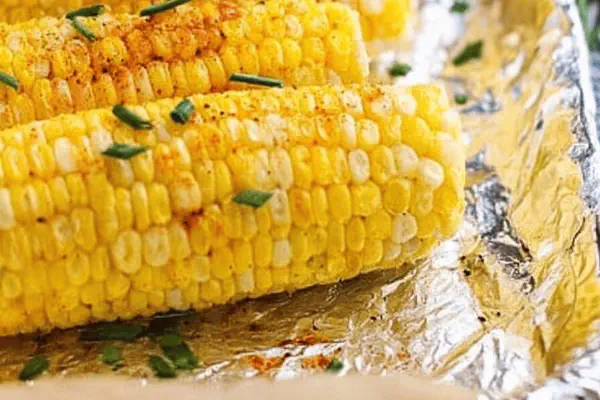
By Emma
Certified Culinary Professional
Ingredients
- 6 ears fresh corn husked and silk removed
- 4 tablespoons melted grapeseed oil mixed with butter alternate
- 3 tablespoons finely chopped fresh basil leaves substituted for chives
- 1 teaspoon kosher salt ground fresh
- 1/2 teaspoon freshly cracked black pepper
About the ingredients
Method
Preheat and Prep
- Set oven to 345 degrees Fahrenheit, slightly lower to better coax caramelization without drying. Line baking tray with foil reusable or parchment for easy cleanup. Make life easier; stripping husks and silk while under cool running water, silk steps slip off better.
Mix Flavor Fat
- Melt grapeseed oil with a dab of butter in microwave or stovetop just to warm; not too hot so herbs stay fresh smelling. Stir basil, salt, and pepper right in. This combo throttles taste with deep herbaceous notes, alternative to heavy butter.
Coat Corn
- Brush every kernel generously. Slow and steady here; missing spots means dry bits. Corn wants moisture to steam and brown, that layer sizzles aroma into air.
Lay and Bake
- Arrange ears spaced on sheet so hot air circulates even heat. After about 18 minutes, listen for gentle sizzling noise; flip carefully to brown opposite side. Kernels should turn a light golden tone with little specks of browning.
Check Doneness
- Stick fork gently into kernels around 33-40 minutes mark, not mushy but tender enough to bite. If tough, furnace another 3-5 minutes but watch brownness; it’s a fine line between roasted and burnt straw.
Serve
- Slide corn off foil, hit with leftover basil oil drizzle if desired. If stuck mid-make, a quick splash of lemon juice or sprinkle of smoked paprika wakes things up right before plate.
Retrospective
- I’ve danced with corn for years. Found that timing by sight and feel beats blind following clocks. Wait for the pop and crackle hint aroma, adjust heat lower to avoid drying too fast, especially in dry kitchens. Swap fats based on pantry; grapeseed and butter mix lends clean flavor punch without heavy butter slickin. Basil a fresh surprise, try coriander or dill for fun twists. Husk stripping worse with older corn; blade edge or gentle scraping helps silk removal. Tossed in these tweaks after kitchen fails and wins.
Cooking tips
Chef's notes
- 💡 Husk removal gets easier with cold water soak. Silk slips off easier when damp, abrasive scraping works best on older ears. No dry rubbing; water softens fibers, reduces tearing. Practiced stripping makes layering fat uniform and sticks better to each kernel.
- 💡 Mix oil and butter gently, keep warm not hot else herbs lose punch and turn bitter. Basil added last keeps fresh aroma. Stir in salt and cracked pepper at end so flavors stay bright. Using grapeseed oil lightens mouthfeel avoiding heavy buttery slickness.
- 💡 Brush slowly, don’t skim kernels. Corn needs wet surface to steam internally and caramelize outside. Missed spots dry fast then crisp unevenly. Saturate every nook for sweet crust forming while baking. Corn texture depends on even coating.
- 💡 Bake at 345 for balanced caramel notes without drying kernels hard. Flip halfway to toast opposite sides. Listen for soft popping and sizzling noise near 18 minutes—key doneness hint. Visual tells: kernels shift from pale to light golden with tiny brown freckles.
- 💡 Fork test after 33+ minutes; kernels should pierce with slight resistance but not mushy. Tough corn needs 3-5 more mins but watch dryness development. Oven and humidity change times. Sensory cues better than clock. Rely on tactile softness and aroma bursts over rigid timers.
Common questions
How to know when corn done?
Look kernel color shift from pale to light gold with small browned spots. Feel with fork, not mushy but soft enough. Listen for faint sizzle pop. Aroma changes too—sweet caramel starts wafting as cook progresses.
Can butter be replaced?
Yes, grapeseed or avocado oil good options; keep fats moderate heat stable. Avoid olive oil extra virgin—it overwhelms sweet corn tones. Butter adds richness but oils keep coating thin, less smoking. Mix works well with fresh herbs thrown in.
What to do if silk sticks?
Soak ears cold water 5 to 10 minutes before peeling. Scrape gently with blunt edge or knife tip. Older corn tougher silk—expect more friction. Wet husking reduces string strands stuck inside kernels after roasting.
How to store leftovers?
Wrap cooled corn tight foil or airtight container. Refrigerate up to 2 days. Reheat gently oven or microwave low power to avoid drying. Leftover herb oil can be stored separately then drizzled fresh before serving again.
